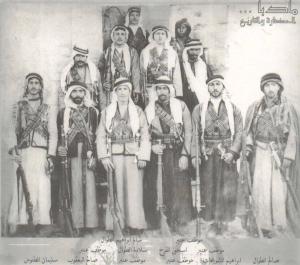
History: The Roman and Byzantine empires ruled over the area surrounding Madaba with several evidences of the culture of that era found in the city. The city also occupied an important place in the Umayyad administration as the center of Jund Filastin.
Geography: Madaba is located 30 kilometers south-west of Amman and has a similar climate. However, because of its further distance from the mountains and closer distance to the Jordan Valley, Madaba has warmer summers and less cold winters.
Demography: Madaba has a population of around 60,000 people and a large number of local and international students. Madaba has been selected as an educational hub by several international universities.
Tourism: Madaba's tourism relies on its historical remains and ancient buildings. Archaeological excavations continue to unearth the rich history and culture of this town at the cross roads of civilizations. Medical tourism strongly drives the economy of this ancient city through the thermal mineral springs found in Ma’in, which have therapeutic properties.
Another important factor drawing tourists to Madaba is the presence of Byzantine and Umayyad mosaics. The city has a history of mosaic-making which is carried forward currently by the Institute of Mosaic Art and Restoration. Among the numerous ancient mosaics, the most prominent is the Map of Madaba made with tiny colored stones in the floor of the Greek Orthodox Church. The map dates back to the 6th century showing great details of the region around Madaba. It is made with two million pieces, illustrating hills, valleys, villages, and towns as far as the Nile delta. Jerusalem is labeled as the Holy City in this ancient map.